Taipei, Taiwan – As the investigation into the deadly crash of Jeju Air Flight 2216 stretches into its third day, aviation experts are raising questions about what role a concrete structure at the end of the runway at South Korea’s Muan International Airport may have played in the accident, among other factors.
The Boeing 737-800 slammed into a concrete embankment and burst into flames after being forced to make an emergency landing on Sunday morning, killing 179 of 181 people on board in the deadliest-ever plane crash on South Korean soil.
The pilot had reported a bird strike to air traffic control moments before the aircraft belly-flopped on the runway after failing to deploy its landing gear and overshooting the landing zone.
South Korean authorities have said that the concrete embankment, which housed a localiser antenna to help pilots maintain the correct approach path, had been built according to regulations and was similar to other structures at airports around the world.
However, some aviation experts have questioned the choice and placement of the structure, suggesting that the disaster may have been avoidable with better airport design.
Najmedin Meshkati, a professor in civil engineering at the University of Southern California, said the use of concrete rather than a metal tower or pylon installation was “unusual” and may have contributed to the high number of fatalities.
“This rigid structure proved catastrophic when the skidding aircraft made an impact,” Meshkati told Al Jazeera.
“Undoubtedly, had the aircraft instead encountered the airport wall, which would have provided less resistance, the survival rate might have been higher.”
Hassan Shahidi, president and CEO of the Flight Safety Foundation, said that while he would not speculate on whether the embankment was badly designed or positioned, structures at the end of runways should be built to break easily in the event of collision under International Civil Aviation Organization guidelines.
“The standards also define the proximity of such structures near runway ends. The investigators will examine the concrete structure at the end of the runway to determine if it complied with these standards, including its placement and proximity to the end of the runway,” Shahidi told Al Jazeera.
South Korean officials have said the structure was 250 metres from the end of the runway, closer than the best practice standard of 300 metres, according to John Cox, a former 737 pilot who runs aviation consultancy Safety Operating Systems.
Experts also questioned whether the runway had an adequate overrun area or, as in the case of other airports with limited space, should have implemented an “engineered material arresting system” – also known as “EMAS” – capable of slowing down or stopping an aircraft with excessive momentum.
Dane Williams, director of the consultancy Aviation Safety Asia, said that some advanced airports have areas after the runway that use sand, gravel or another slowing substance to reduce an aircraft’s speed and avoid a forceful impact.
“In more developed countries, such mitigation is put on the end of runways where plausible, where appropriate, and where economically viable,” Williams told Al Jazeera.
“It is also understandable, though, that if a large lake, river or other geophysical location such as a valley is at the end of the runway, then a physical concrete barrier may be appropriate.”
Other airport design features have also come under scrutiny.
Marco Chan, a pilot and senior lecturer in aviation operations at Buckinghamshire New University, said the choice of a runway with a -0.2 percent downward slope raised “further questions about its suitability for an emergency landing”.
“Investigators will explore whether this decision factored in weather conditions, which were calm … or if other operational considerations influenced it,” Chan told Al Jazeera.
South Korean investigators, aided by officials from the United States National Transportation Safety Board, are examining a range of possible scenarios, including a bird strike and aircraft systems failure.
Preliminary findings about the cause of the disaster are not likely to be released for weeks. It is possible that some or all of the theories raised by officials and analysts will not be confirmed by the probe.
“When you’re doing an investigation, you don’t just look at the aircraft. You look at the human element, meaning looking into the pilots, looking into air traffic control, looking into maintenance, then you look at the machine,” Anthony Brickhouse, a veteran US-based aerospace safety expert, told Al Jazeera.
“What happened to that aircraft that prevented them from putting the landing gear down?”
While bird strikes have been blamed for contributing to a number of air crashes, including the deadly 2019 crash of Ethiopian Airlines Flight 302, a collision with a bird would by itself be unlikely to bring down a modern aircraft, according to aviation experts.
More than 13,000 bird strikes are reported to the ICAO each year, only a tiny fraction of which result in aircraft damage or flight interruptions.
In the case of Flight 2216, investigators will examine whether a bird could have damaged critical systems, such as engines and hydraulics, leading to “cascading failures, including hydraulic issues or the inability to deploy landing gear”, Chan said.
Analysts have been especially perplexed by the speed at which the plane landed and its failure to deploy its landing gear.
Video footage of the disaster also showed that the nose of the plane never fully came down before the aircraft flew out of frame and exploded.
“The video footage suggests the aircraft was approaching at a relatively high speed, raising questions about whether the aircraft was properly configured for landing or if system failures prevented key deceleration mechanisms from functioning,” Chan said.
Brickhouse said that it was also notable from footage of the crash that the aircraft had landed some way down the runway.
“In a landing, friction is going to be your friend to slow you down. Unfortunately, it doesn’t appear the aircraft was on the runway long enough to slow down,” Brickhouse said.
South Korea’s transport ministry said on Tuesday that the “black box” flight recorder was recovered from the crash site with key pieces missing and authorities were reviewing how to extract the data.
The National Police Agency said it was deploying more personnel and using rapid DNA analysis to expedite the identification of the crash victims as family members gathered at the airport to demand more information about their loved ones.
South Korea’s acting President Choi Sang-mok has ordered an emergency safety inspection of the country’s entire airline operations, while authorities are separately carrying out inspections of all Boeing 737-800s in operation in the country.
(Al Jazeera)
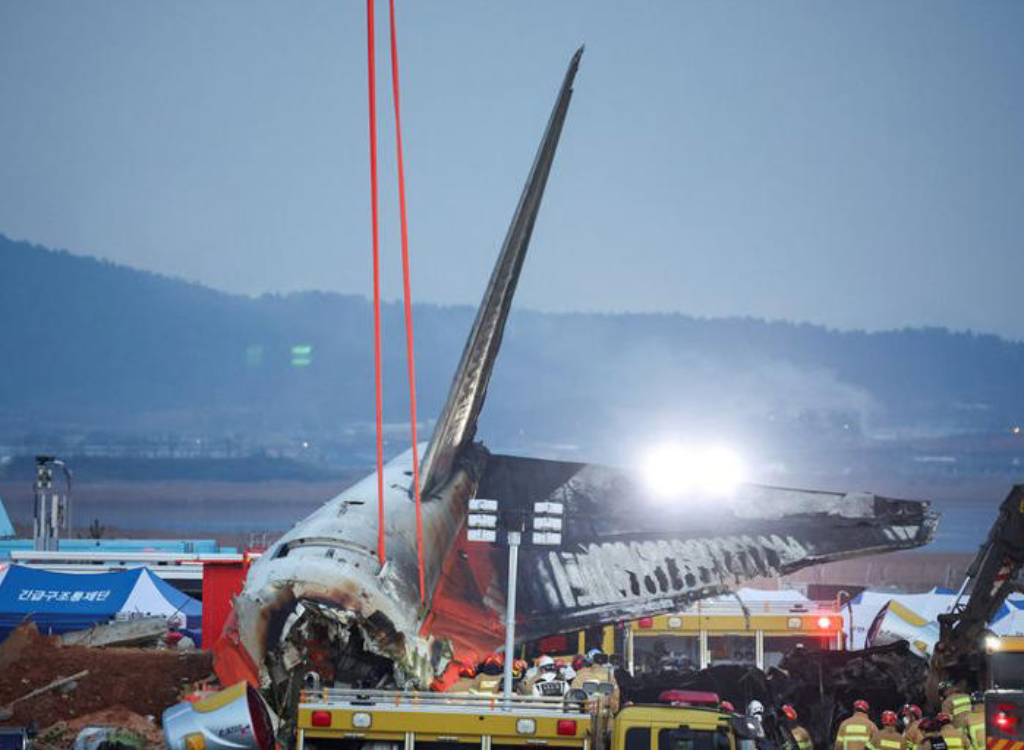


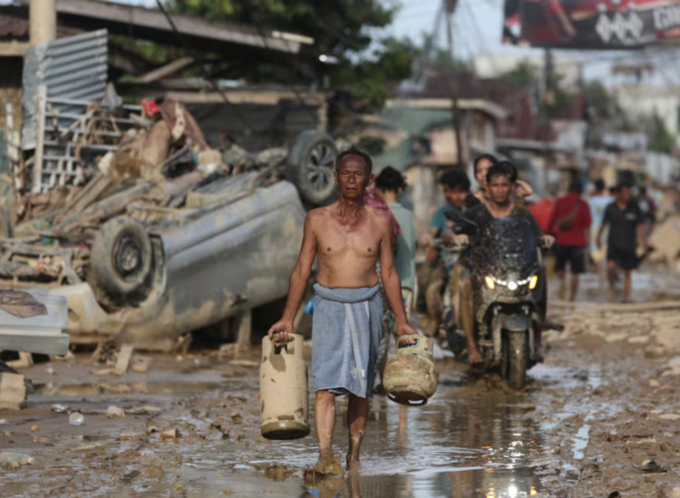




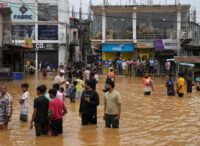
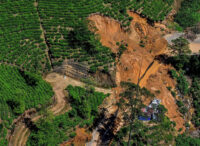
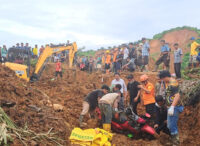
Leave a comment